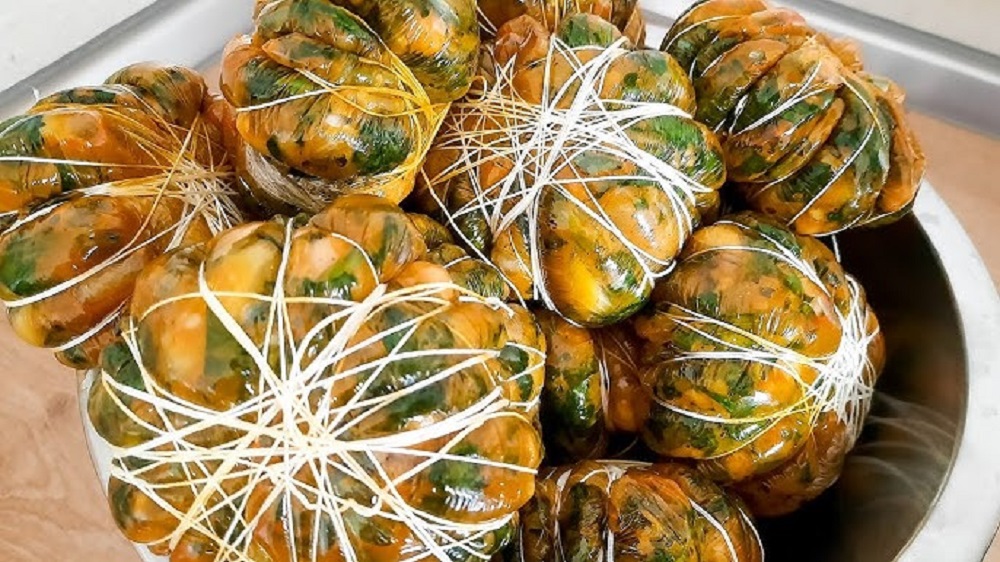Assban: Tunisia’s Richly Spiced Stuffed Delicacy You’ve Probably Never Tried
Exploring the Heart of Tunisian Cuisine Through the Traditional Dish of Assban.
Assban (Arabic: العصبان) is a cherished traditional dish in Tunisian cuisine, especially prepared during religious feasts like Eid al-Adha or family gatherings. A close cousin of blood sausage or haggis in concept, Assban is a type of stuffed lamb casing that showcases the country’s love for bold spices, fresh herbs, and nose-to-tail cooking.
What Is Assban?
Assban is essentially a lamb intestine casing that is carefully cleaned, seasoned, and then stuffed with a rich mixture of offal (like liver, lungs, or heart), rice, chickpeas, and aromatic herbs and spices such as coriander, mint, parsley, turmeric, harissa, garlic, and onion.
Once filled, the casing is stitched closed with thread or tied off, then either boiled, steamed, or slow-cooked, and sometimes browned in a pan or baked for added texture. The final result is a hearty, flavorful, and satisfying dish that represents the rural and festive culinary traditions of Tunisia.

A Symbol of Generosity and Celebration
Traditionally, Assban is most commonly served during Eid al-Adha (عيد الأضحى), when lamb is ritually slaughtered and families strive to use every part of the animal. Preparing Assban is a group activity, often involving several family members in the kitchen.
It reflects the cultural values of hospitality, sustainability, and celebration—nothing is wasted, and guests are always served the best parts.
In many regions of Tunisia, especially the south and interior towns, Assban is prepared with regional variations. Some use more spices, others include eggs or green peppers in the stuffing. These local tweaks make it a dish with many faces but one soul.
How Is Assban Served?
Once cooked, Assban is typically sliced into thick, hearty rounds and served as a main course, often accompanied by couscous, bread, or tomato-based sauces. Its texture is tender yet firm, with a deeply earthy and spiced flavor profile.
Though it may be unusual to some international palates, to Tunisians it is comfort food par excellence—a taste of family, memory, and heritage.

Why It’s Important to Tunisian Identity
In a world where fast food dominates, traditional dishes like Assban serve as a culinary anchor. They connect generations, celebrate the land’s produce, and preserve the foodways of ancestors. Assban is more than food—it’s a story of identity, resilience, and resourcefulness.



